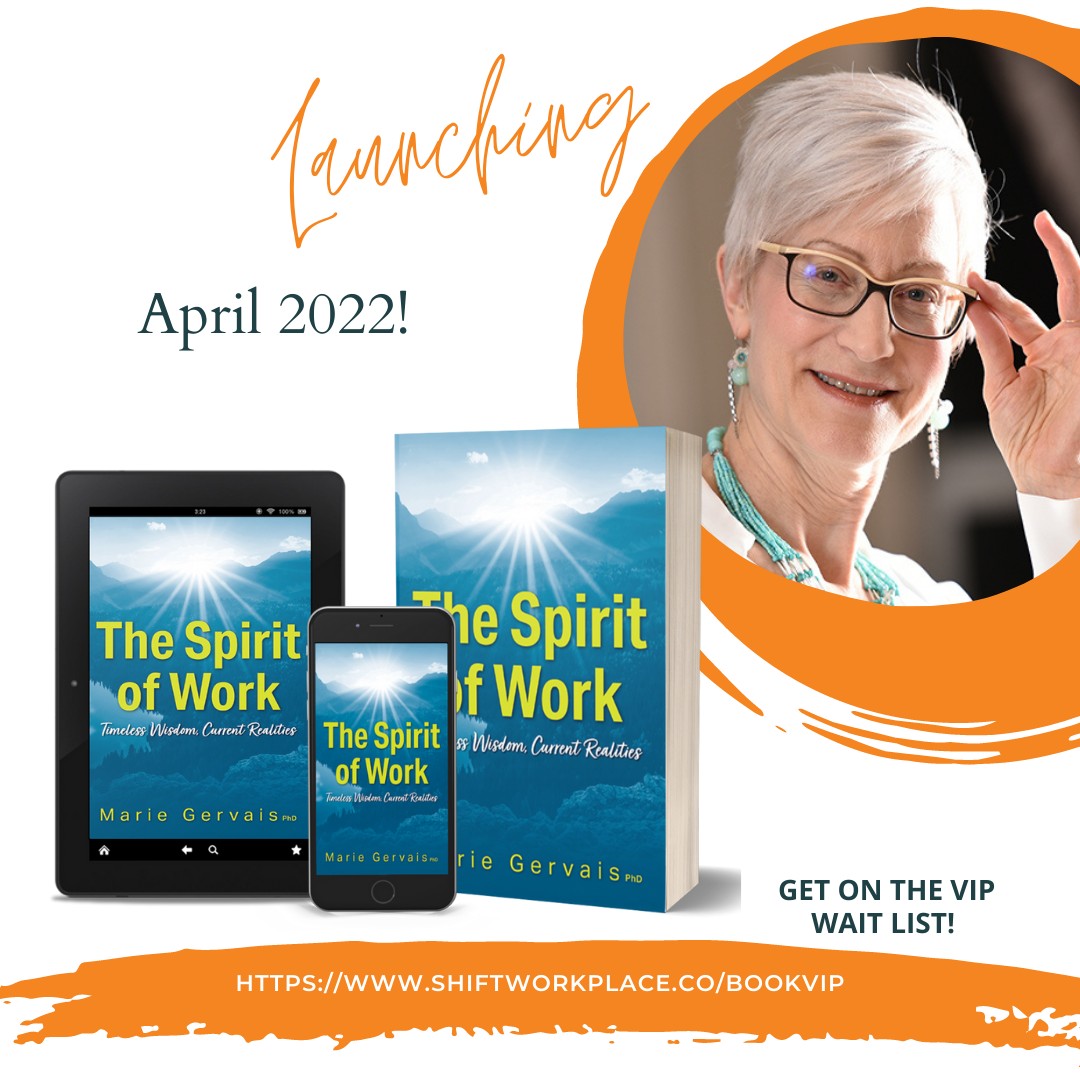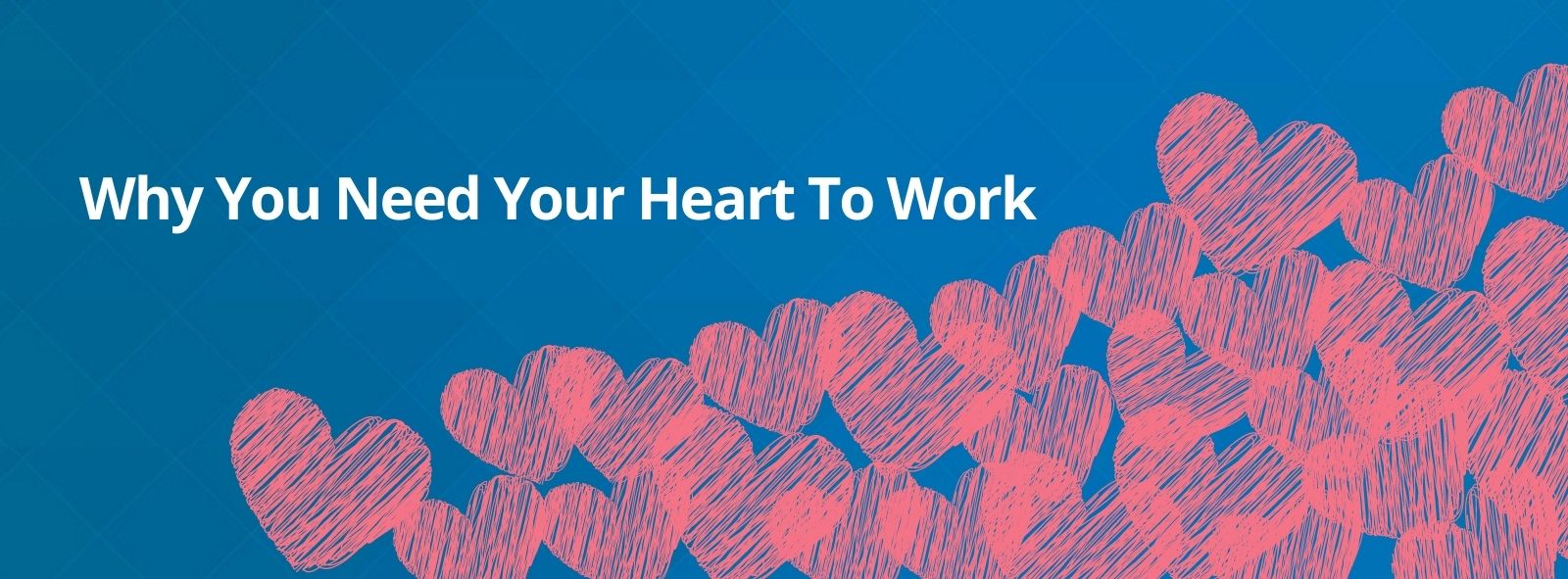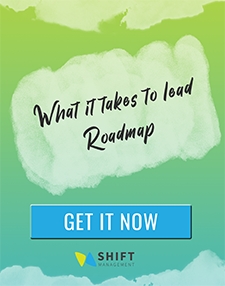Why you need your heart to work
Since this month features Valentine’s Day, it seems timely to talk about the link between emotions and decision making at work. There is a strong link between emotional self-awareness and ability to solve problems at work. Increasingly, research is showing that people who are strongly connected to their emotions, consistently make wise decisions and are highly effective as managers. But…how do you find a balance between feeling, empathizing, logical decision-making, and getting your work done? The answer lies in seeing your emotions as messengers, friends and partners instead of annoyances keeping you away from logic.
Let’s start with biology.
Your nervous system connects all parts of your being into simultaneous action. This means you can’t make the decision to take one step forward without a full cohort of heart, mind, instinct, reflex, culture, personality, belief and experience. The word “simultaneous” means exactly that – it all happens at the same time. There is no prioritizing of thought, strategy, feeling or emotion, it just happens. This is important because without awareness, we make decisions in emotion, rationalize them afterwards, and remain oblivious to the influence of hidden beliefs driving us through personal experience. Thinking about emotions this way, makes it possible to accept and welcome them as we feel them, whether they are positive or negative.
Although we judge them differently according to how we experience them, emotions are neutral. They are messengers with a message to deliver. An emotionally regulated response starts with simply accepting the emotion as a messenger. Emotions are messengers with a mandate to deliver. Once you accept that message there is no need to judge the messenger, exile the emotion, or act rashly on it. An emotionally regulated response starts with simply accepting the emotion as a messenger.

Why we need our emotions
According to Workplace Strategies for Mental Health[1], emotions serve three main purposes:
- Emotions motivate actions essential to our survival
- Emotions communicate to those in our environment
- Emotions serve as self-validating tools to attune us to what is important
Accepting emotions is an ongoing awareness that your emotions are friends, trying to protect you and keep you integrated with your purpose. Emotions start out as messengers. When you ignore them or exile them as unimportant or inferior, they become persistent children trying to get your attention and show off their latest feat. If that doesn’t work, these same emotions take on the role of pets with an urgent need that becomes aggressive if ignored.
If you refuse to listen at that stage, they turn into monsters and take over your thinking – sometimes known as an amygdala highjack. People describe this as “seeing red” or “throwing caution to the wind”. They say, “I don’t know what came over me” because truly, they were highjacked by an emotion they did not recognize early enough as a messenger. Thinking about emotions in this way makes you realize their importance to good decision-making. Accepting your emotions and listening to their messages helps your emotions serve you. The integration process assists with informed and wise professional judgements both in the moment and over the long term.

Emotions as decision-making partners
Here is a practical way to practice accepting your emotions so they become decision-making partners instead of feared monsters:
- Start by just spending the week being aware of your emotions daily. You can set an hourly timer, or some other reminder to check in with your emotional self. Just check in to what you are feeling and say to yourself, “I’m feeling ______ right now”. Note the feeling, then say to yourself, “Thank you for that message”. If you don’t feel anything, say that too. “I don’t feel anything right now. I accept that.”
- As a next step, when you notice your emotional check ins becoming more regular, you can be more curious about what is going on. Ask yourself, “I wonder what this emotion is trying to alert me to right now.” Take a breath in, sigh, or blow it out and just go on with your day. This is called “getting curious not furious”.
Using these two simple awareness exercises, you will start to differentiate between emotions that are fleeting, recurring emotions, and triggers. This increased self-awareness has the added benefit of protecting you from being blinded by hidden bias and ego.
This matters for work because we make better decisions when we work WITH our emotions instead of AGAINST them, when we bring our hearts to work instead of exiling them to the sidelines where they can become unruly. Share on XTo give you an idea of how this works, here are a few incidents from my life that show how I made more informed and wise decisions by using emotional check ins for recognizing, naming and being curious.

A few incidents to show how this works
During a phone call with a family member – A family member shared some life updates and I shared some of mine. I had the distinct impression my family member was not listening to me. I named my feeling; “Unimportant.” Then, “not worth listening to”. I took a breath, consciously calmed my body and switched to being curious; “I wonder what is preoccupying my family member right now?” This allowed me to realize that the behaviour was not a rejection of me, rather a state of preoccupation. I followed with a curious question to find out what was going on with my relative.
When waiting in line to purchase a tech product – I was in a store purchasing a tech product. The choice had been made and I just wanted to pay for the product. I was feeling more and more impatient as the woman in front of me asked a ton of questions that showed se was oblivious to the line up behind her. 15 minutes went by and I realized I was feeling anger. I did an emotional check in “Furious.” Then I thought, “I deserve better customer service than this.” Check in? “Entitlement”. I took a breath and named the feelings. “I accept that I am feeling entitled and underserved right now. I notice that I am judging the customer in front of me as being inconsiderate. I accept that I am feeling these emotions and these judgements and that I do not have to act on them”. I oriented myself to “practice patience”. Just as I did that the woman in front of me finished her purchase and I stepped up to the till. As I left the store I got curious. “I wonder why having to wait made me so angry? Will a short wait be the end of the world? How much will this matter tomorrow?” I remembered that we tend to judge others when we are not aware of our emotions. The anger was gone.
During a meeting with a client – I was meeting with a decision-making team of one of my clients. A member of the client team spoke to me in a confrontational and aggressive manner making several negative comments about the contract. Because I have been practicing emotional check ins, I could feel both our emotional states. I was aware of my feeling of being attacked and of her fear of committing to the process. “I am feeling attacked. She is feeling vulnerable and her response is to attack me.” To get curious I asked myself, “What do I need to feel safe right now?” I felt I needed to show gratitude and to slow things down so she could feel safe. Ignoring her tone and delivery, I was able to sincerely thank her for the feedback, and to calmly respond to each accusation, slowly and calmly. She responded with “I think you answered my questions”.
I hope you found these insights into emotions at work useful. They are anchored in my soon to be released book, “The Spirit of Work: Timeless Wisdom, Current Realities”, Chapter six on understanding the role of emotions for healthy workplaces.
To register for a free masterclass on this topic from “The Spirit of Work”, or to watch the recording afterwards, go to: https://shiftworkplace.com/upcoming-free-webinars/
About the Author
Marie Gervais, PhD, CEO, Shift Management specializes in helping employers train their supervisors to lead, get their workplace learning online and interactive, coach for performance, and conduct team assessments to figure out who to promote and how. She has a background in integrating and managing the diverse workforce and in creating culturally responsive curriculum courses and programs for industry. Marie’s book, “The Spirit of Work: Timeline Wisdom, Current Realities” to understand the deeper processes behind workplace issues and find inroads into creating healthy and vibrant organizations will be published in April 2022 by Friesen Press.
[1] Samra, Joti et al. “The function of emotions.” 2021. Workplace Strategies for Mental Health. https://www.workplacestrategiesformentalhealth.com/resources/the-functions-of-emotions









